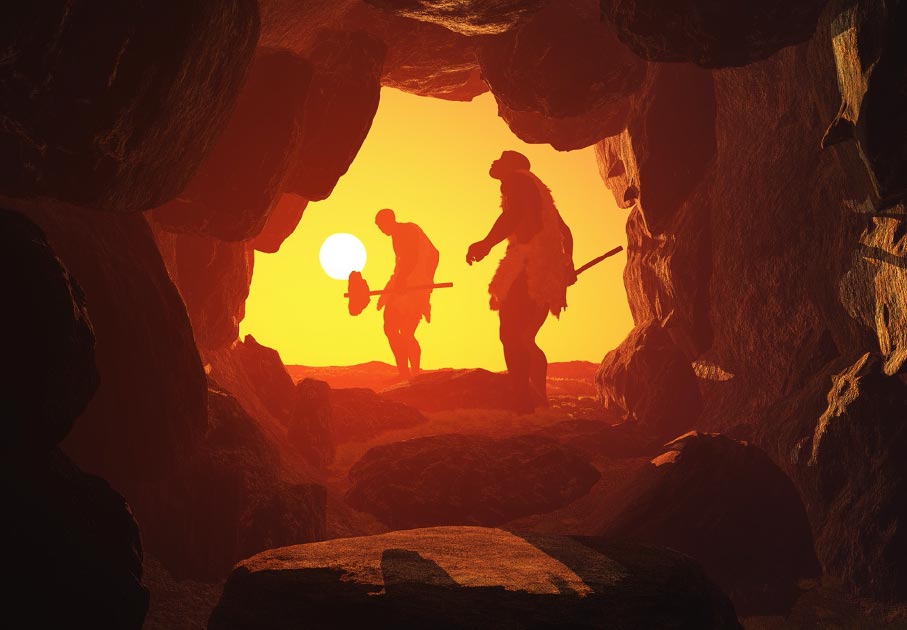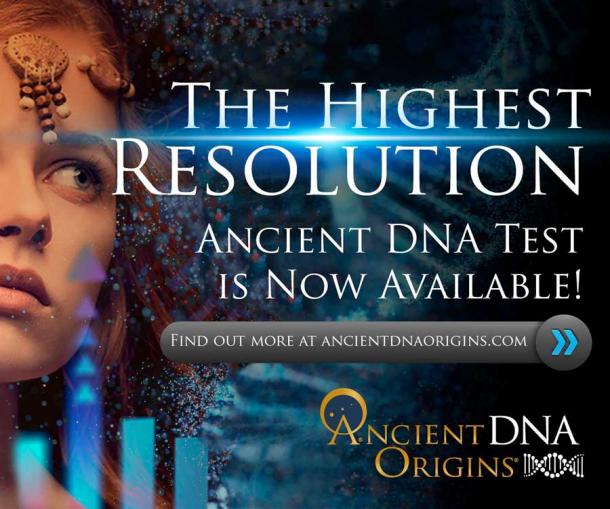How Ancient Fossil DNA Reveals the Secrets of Our Human Origins
When the human genome was first discovered, it revealed some amazing genetic secrets – modern humans are way more complicated than we originally thought. During a long evolution, humankind picked up pieces of genetic material from other hominids. We may be the sole survivors of the Homo genus, but in our journey, we’ve carried genetic fragments from our long-extinct ancestors.
Just as interbreeding sometimes takes place between different animal species, the same thing happened in ancient times. Thanks to fossil DNA, geneticists now know that different lineages of our ancestors interbred with one another, creating new genetic lines and ensuring the modern human race is genetically diverse.
Fossil DNA of Neanderthals and Denisovans
Research carried out on Neanderthal bones shows that people of non-African descent have 2% of Neanderthal DNA in their genome. Other research found that people from Australia and Papua New Guinea have Denisovan DNA in their genome.
New techniques have confirmed that the ancestors of modern humans mated with Neanderthals, thus allowing their genetic material to become a part of our modern genome. Indeed, researchers believe there is a lot of shared genetic material that has not yet been discovered.
Much of the genetic mixing and matching arose because of human migration patterns. As different humanoid groups migrated, they naturally intermingled – and mated. Modern humans – our ancestors – are known to have evolved in Africa once the Neanderthals and Denisovans died out.

Fossil DNA of our prehistoric ancestors is revealing new secrets. Pictured: digital illustration DNA structure. (k_e_n / Adobe stock)
Some scientists have posited that modern humans did not evolve from one population in Africa – rather, they evolved from several interconnected populations migrating from the continent. As each group traveled farther afield, they mingled and interbred, allowing their genetic material to mix.
Smaller population groups were naturally absorbed into the larger Neanderthal population, who later interbred with our modern human ancestors.
DNA Analysis of Bone Fragments
All of this history is slowly coming to light as DNA analysis techniques improve and more ancient bone fragments and fossils are unearthed. Not surprisingly, this has led to an increased interest in our genetic origins.
Whereas our ancestors had no way of knowing their genetic origins, we can use DNA testing to discover more about our ancestors and genetic lineage. Every year, hundreds of thousands of people complete these tests and join a growing database of genetic information that has allowed people to develop their knowledge of their family history and even reconnect with long-lost family members.
How Does Home Genetic Testing Work?
Though there are many different genetic testing companies, they all work in very similar ways.
The best DNA kit will be delivered securely to your home, contain everything you need with detailed instructions, including return packaging, and should give you results in three to four weeks.
How Do I Provide a Sample?
This is an area where some of the genetic testing companies differ. Some companies use a swab that will take a sample of DNA from inside your cheek. Other companies use a spit sample or a scrape of skin cells.
You should choose a method you are comfortable with, and this will help you refine your options. Ancestry DNA and 23andMe, for example, require you to fill a small tube with spit, which can be more difficult than it sounds, and then add a stabilization fluid and seal the sample. This can be awkward for some people, and more complicated than a simple cheek swab. Most companies recommend you don’t drink, eat or smoke for up to an hour before taking a sample, to get a better sample.
The most important part of providing a sample is to register your sample with your chosen company online before you send it. This registration process will often include a special code, or even a printable barcode, to add to your sample that will help them track it while testing and ensure you get the correct results.
- Research Confirms that Neanderthal DNA Makes Up About 20% of the Modern Human Genome
- The Teeth Have It: Tracing the Denisovan Legacy Around the World
- Modern Humans Interbred With At Least Five Archaic Human Groups

Representation of scientist inspecting fossil DNA samples. kkolosov / Adobe stock
What Should Happen Next?
After sending your sample, it’s a waiting game. Sometimes you can get your information sent to you quite quickly, depending on the number of samples the company is processing when it arrives.
The results of home genetic testing often give people one of two reactions. You may find nothing surprising in your DNA results, and it only confirms much that you already know about your genetics and your family history. For some people, however, the results you get can be life-changing, and shocking.
Home DNA testing has revealed many long-kept family secrets, as well as solving mysteries. There is a chance that your results will lead to more questions than answers.
If you are left with confusing or shocking results, by adding more DNA data you can help get a clearer picture. Ask close relatives like siblings and cousins to take tests too and add their genetic information to your family database. This can help you get a clearer picture of your family history if your results aren’t what you expected.
Top image: Thanks to fossil DNA, geneticists now know that different lineages of our ancestors interbred with one another, creating new genetic lines and ensuring the modern human race is genetically diverse. Pictured: Representation of our prehistoric ancestors. Source: Kovalenko I / Adobe stock
By Katya Smith





















Comments
The DNA testing SHOULD BE focusing on the sequences that determine hair and eye color, hair texture and skin type. That will tell you the most about who they were. To say a specimen has Neanderthal or Denisovan (which are meaningless labels in the overall analysis), tells us basically nothing.
Nobody gets paid to tell the truth.